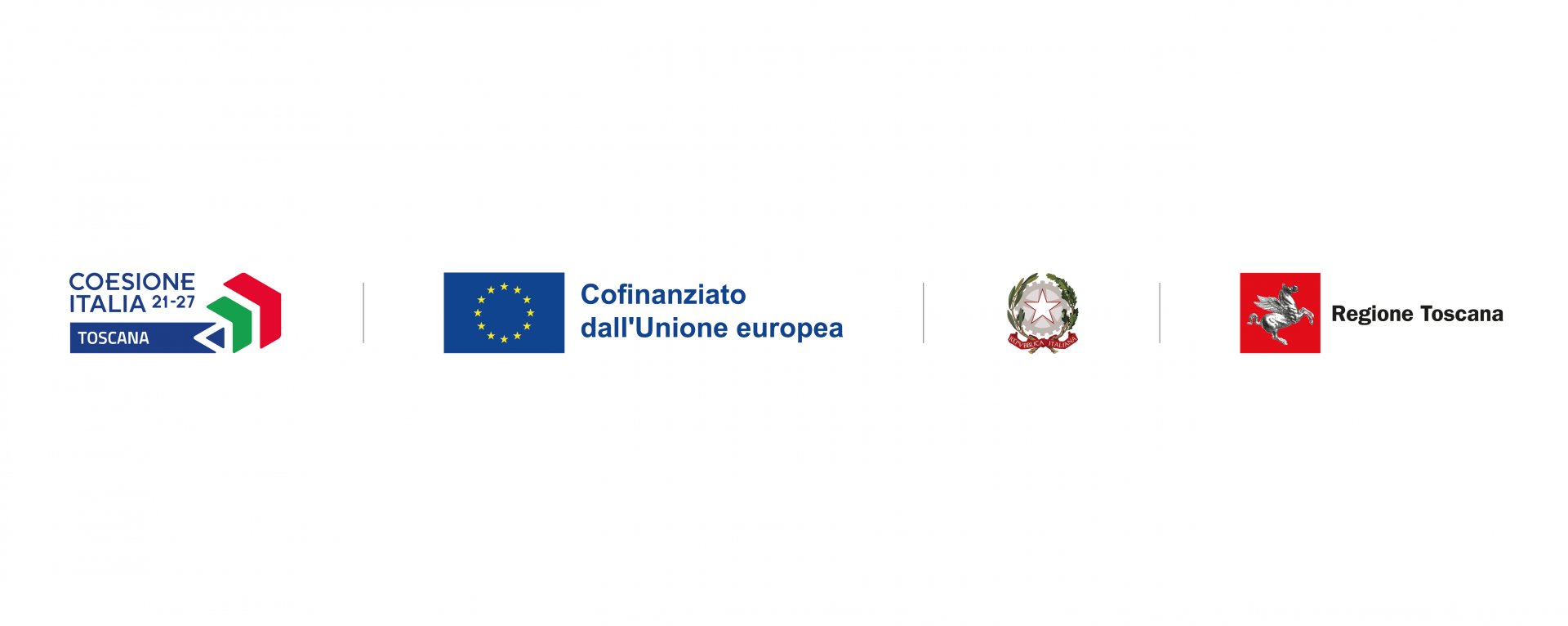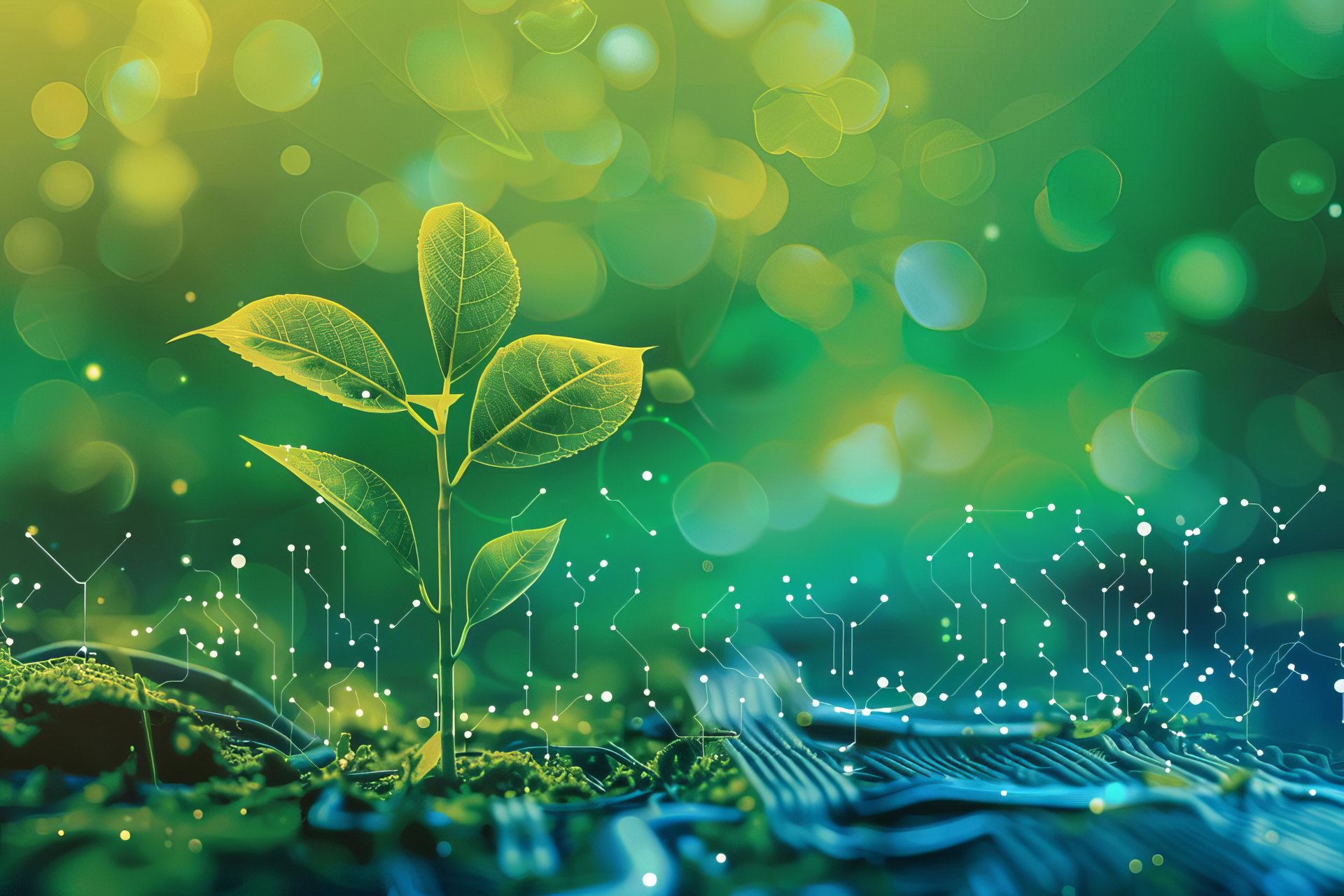“ATI Project: Digital and Sustainable” Initiative
Innovation and Sustainability supported by the 2021–2027 ERDF Regional Programme of Tuscany
Introduction
ATI Project, a leader in integrated design in Italy, announces the completion of the strategic initiative “ATI PROJECT: DIGITAL AND SUSTAINABLE”. Launched on January 2, 2024, and completed on May 23, 2025, this initiative marks a key milestone in our company’s ongoing evolution, aimed at strengthening competitiveness through a deep integration of digitalization and sustainability. Operating at the intersection of architecture, engineering, and design, our holistic approach leverages advanced tools such as Building Information Modelling (BIM) to efficiently manage the entire design process. The project was co-financed through the “Digital Enterprise” call under the Tuscany Regional Programme ERDF 2021–2027, with the support of the European Union, the Italian State, and the Region of Tuscany.

Project Strategy and Objectives
The project stems from a clear strategic vision: to proactively respond to market challenges and evolving regulations, positioning ATI Project as a model of excellence in the sector. The general objectives were structured along three main pillars:
- Corporate Sustainability and Governance: ATI Project has embarked on a path to fully and transparently embrace sustainability. The goal was to align with key international standards, such as the Global Reporting Initiative (GRI) Sustainability Reporting Standards, and to adopt ESG (Environmental, Social, Governance) rating models proposed by EFRAG. In parallel, a customized and scalable ESG model was developed to ensure environmental, social, and managerial oversight in line with best industry practices. This effort was complemented by the implementation of management systems in accordance with ISO 9001:2015, ISO 14001:2015, and ISO 45001:2018 standards.
- Energy Efficiency and Circular Economy: A key objective was to combine business growth with environmental and energy efficiency. This involved integrating Life Cycle Assessment (LCA) and Life Cycle Costing (LCC) principles into our processes, in alignment with European regulations. The design of our new company headquarters in Pisa was chosen as a pilot project to concretely apply Energy Management Systems (EMS) and the DNSH (Do No Significant Harm) principle, in order to minimize environmental impact and maximize efficiency.
- Technological and Organizational Innovation: To maintain a competitive edge, the project focused on optimizing business processes through cutting-edge technologies. Goals included the development of software solutions for process integration, the experimentation of Augmented Reality to enhance interaction with digital projects, and the implementation of Artificial Intelligence to support strategic decision-making and automate tasks. The success of these initiatives was supported by the involvement of temporary managers with specialized expertise.
Description of Activities Carried Out
To achieve the ambitious goals set out, the project involved the acquisition of an integrated package of qualified services, detailed as follows:
- B.6.1 – Sustainability Certification Support Services: A support service was activated for the design, development, and communication of the company’s Sustainability Report, in alignment with major international standards such as the GRI (Global Reporting Initiative). The activity also included the development of a customized model for the procedural adoption of ESG ratings, applicable both internally and in the services offered to clients.
- B.6.3 – Energy Efficiency Services: Consulting services were acquired to support innovation in the energy sector, aimed at designing and developing energy efficiency strategies. These efforts resulted in the implementation of an Energy Management System (EMS) and the application of principles to improve energy performance in the design of the new company headquarters.
- B.6.4 – Circular Economy Support Services: Management systems and procedures were implemented to apply Life Cycle Assessment (LCA) and Life Cycle Costing (LCC) principles. A dedicated system was developed to calculate and assess circular economy performance across the entire life cycle of constructed products, with a pilot project focused on the new Pisa headquarters.
- B.5.1 – Implementation of Horizontal/Vertical Integration Solutions: A customized software portal was designed and implemented for information exchange. This tool, based on Natural Language Processing (NLP), automatically extracts relevant information from tender documents, improving integration and efficiency in the company’s procurement and production processes.
- B.5.7 – Implementation of Augmented Reality Solutions: An interactive generative design process (audio-visual-tactile) was developed, enriching real-world objects with computer-generated information. This solution enhances the interactive and accessible visualization of digital projects, improving the understanding of CAD and BIM models.
- B.5.10 – Implementation of Artificial Intelligence-Based Solutions: A testing version of a Large Language Model (LLM) was created for the company’s server infrastructure. This system incorporates AI and Machine Learning algorithms to analyze data, support business decisions, improve predictive maintenance, and automate routine processes.
- B.2.4 – Organizational Innovation Support Services: To ensure the effective management of the project’s complex initiatives, the company engaged temporary managers—professionals with specialized skills to implement and optimize innovation projects.
Acknowledgment of Financial Support
The implementation of the project “ATI PROJECT: DIGITAL AND SUSTAINABLE” (CUP: 14630.30062023.037000050_399) was made possible thanks to co-financing received through the “Digital Enterprise” call under the Tuscany Regional Programme ERDF 2021–2027. The investment was supported by funds from the European Union, the Italian State, and the Tuscany Region.
